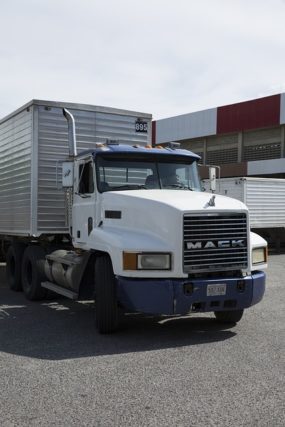Home » Warehouse yards to go digital
Warehouse yards to go digital
Adoption of AI-enabled cameras and autonomous vehicles is set for strong growth through 2030, report shows.

More companies will implement digital technologies in the warehouse yard over the next several years as they attempt to keep pace with advances happening inside the warehouse and on the road, according to a market research report from ABI Research, released this week.
Autonomous yard trucks and artificial intelligence (AI)-based cameras will see the fastest uptake, according to the report. Although still in the early stages, use of autonomous yard trucks is expected to grow at a compound annual growth rate (CAGR) of 52.7% globally by 2030 while the installed base of AI-enabled cameras for asset tracking and visibility is expected to reach 11.2 million worldwide.
Another factor driving the trend: Supply chain technology providers are increasingly focused on bringing “smart” solutions to the yard.
“Yards surrounding warehouses, distribution centers, and manufacturing facilities are becoming the new stomping ground for established supply chain solution providers as they diversify into Yard Management Systems (YMS) and join a growing number of emerging companies focusing on automating yard trailer movements and live asset tracking,” according to Ryan Wiggin, industry analyst at ABI Research. “In a bid to digitalize and update yard operations, installments of yard systems, enabling tracking technologies, and autonomous tractors are expected to rise considerably in the short to medium term.”
Many companies will focus on technologies that can track and provide visibility to assets and workers outdoors. They’ll do so by deploying handheld devices and advanced AI-enabled yard cameras, which are predicted to grow at a CAGR of 13% and 15%, respectively, between 2022 and 2030.
“Advancements in AI are breaking down many of the limitations faced by technologies in outdoor environments,” Wiggins also said. “Advanced computing power helps to process data from camera feeds, identify trailers and equipment, and guide autonomous vehicles safely. Where certain technologies couldn’t operate before, AI has helped unlock new use cases and will continue to drive solution adoption within yards.”
Technology Warehouse IT Yard Management (YMS)KEYWORDS ABI Research
Related Articles
Copyright ©2024. All Rights ReservedDesign, CMS, Hosting & Web Development :: ePublishing